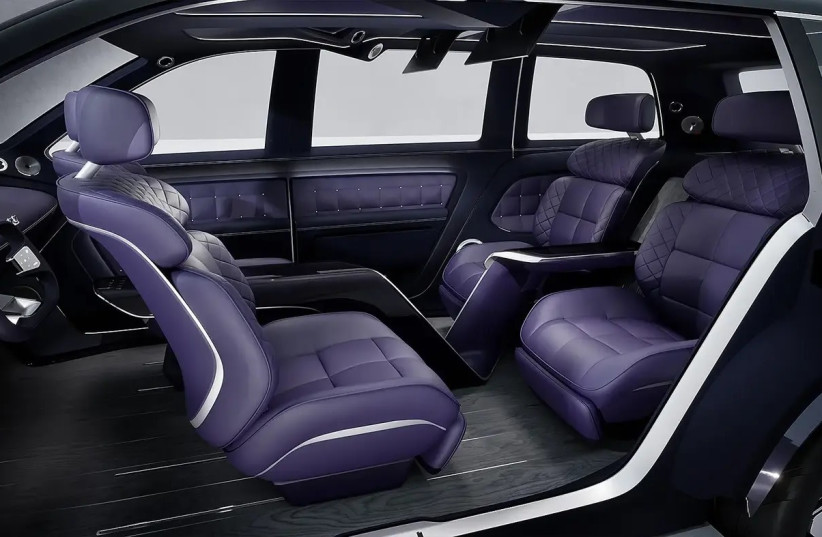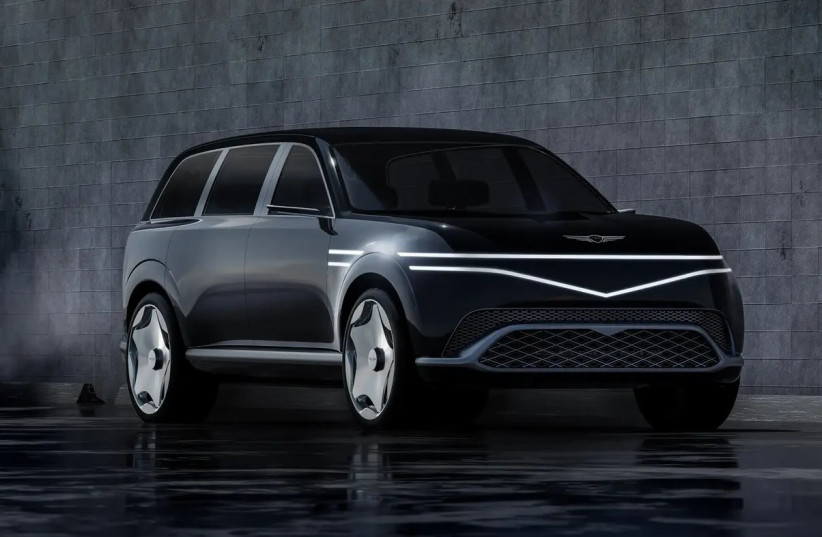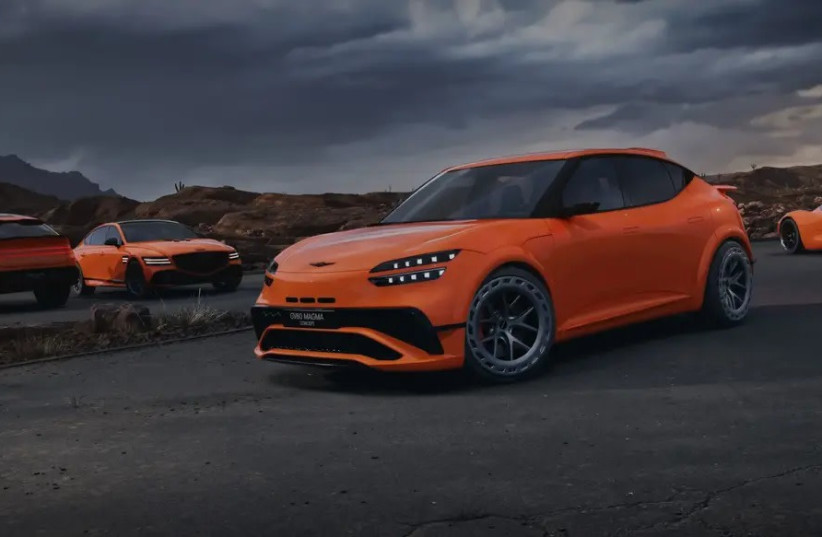Concept cars are by definition conceptual extravagance, a motorized fantasy not to mention a big deception, but one that sometimes also hides some truth. This time in the case of Genesis, the two models presented at the New York Auto Show show directions that completely match its roadmap for future growth.
When it calls them "milestones in brand development," the Neolun and GV60 Magma are on opposite sides of the company's product spectrum but are clearly pointing forward.
In the case of the Neolun, it is an electric crossover in XXL dimensions, and do not be fooled by its clean straight lines, it has plenty of tricks. As a start, it comes without a center console (B-pillars) in its structure. This means that opening the front and rear doors (which open "reverse" like Rolls-Royce), creates a wide open space for passengers.
Inside the passenger compartment, there are also front seats that swivel 180 degrees and can turn backwards, and the cabin heating is not done by the regular heating system, but through floor heating, seats, and dashboard - a heating method that according to the manufacturer corresponds with the traditional way houses are heated in Korea with 'underfloor heating' that is starting to penetrate Israel.
Everything that manufacturers display in concept cars should always be taken with limited assurance, but at least in this case, the idea of heating the car from the floor is a direction that has already been hinted at in the past, and Genesis also declares that the cancellation of the B pillar is definitely a manufacturing capability consideration.
In more practical terms - based on Hyundai-Kia's large electric platform, which also houses the Kia EV9, this display model is a hint at what the GV90 might be - an electric vehicle with three rows of seats, even though only two are visible here. When it reaches production, as in possibly the 2026 model, it will compete with the Mercedes EQS, Cadillac Escalade IQ, Tesla Model X, and other competitors that may emerge by then.
Regarding the second foot of the display at the show, Genesis presents the "Magma" program, as after Hyundai brought the chief engineer of the M sports division, Albert Biermann, what could be more natural than to leave him with the same letter. Biermann was the brains behind Hyundai's sporty N models, and now he is coming to produce a parallel version for its luxury division.
The program includes showcasing extreme performance versions for each of the cars in the manufacturer's lineup and hints at a future sports car that will be added to it. The list of changes includes lowering and widening the car in relation to the regular GV60, new suspension tuning, aerodynamic improvements for better grip and brake cooling. Technical details about performance have not been published, but it does not take a genius to guess that if the base is the E-GMP platform Hyundai uses on the Ioniq 5, and given the performance version for that Ioniq 5, the 5N. Here too, we will find two electric motors with a combined output of at least 650 kW, acceleration in under 3.4 seconds. And for real fun, a limited-slip differential, a "drift" mode to help maintain power slides, shorter steering ratio (2.3 turns lock-to-lock) and more.



